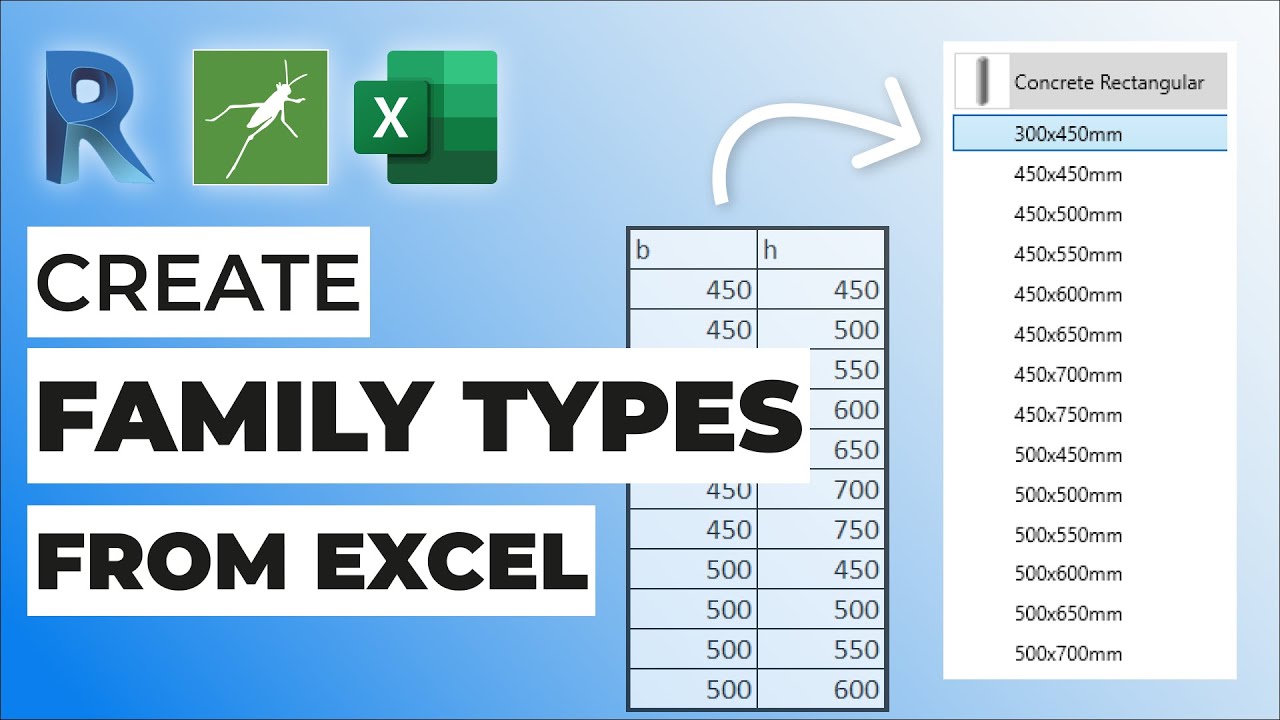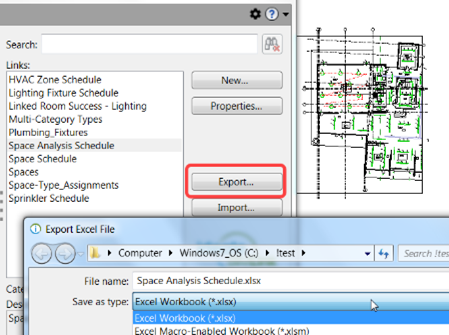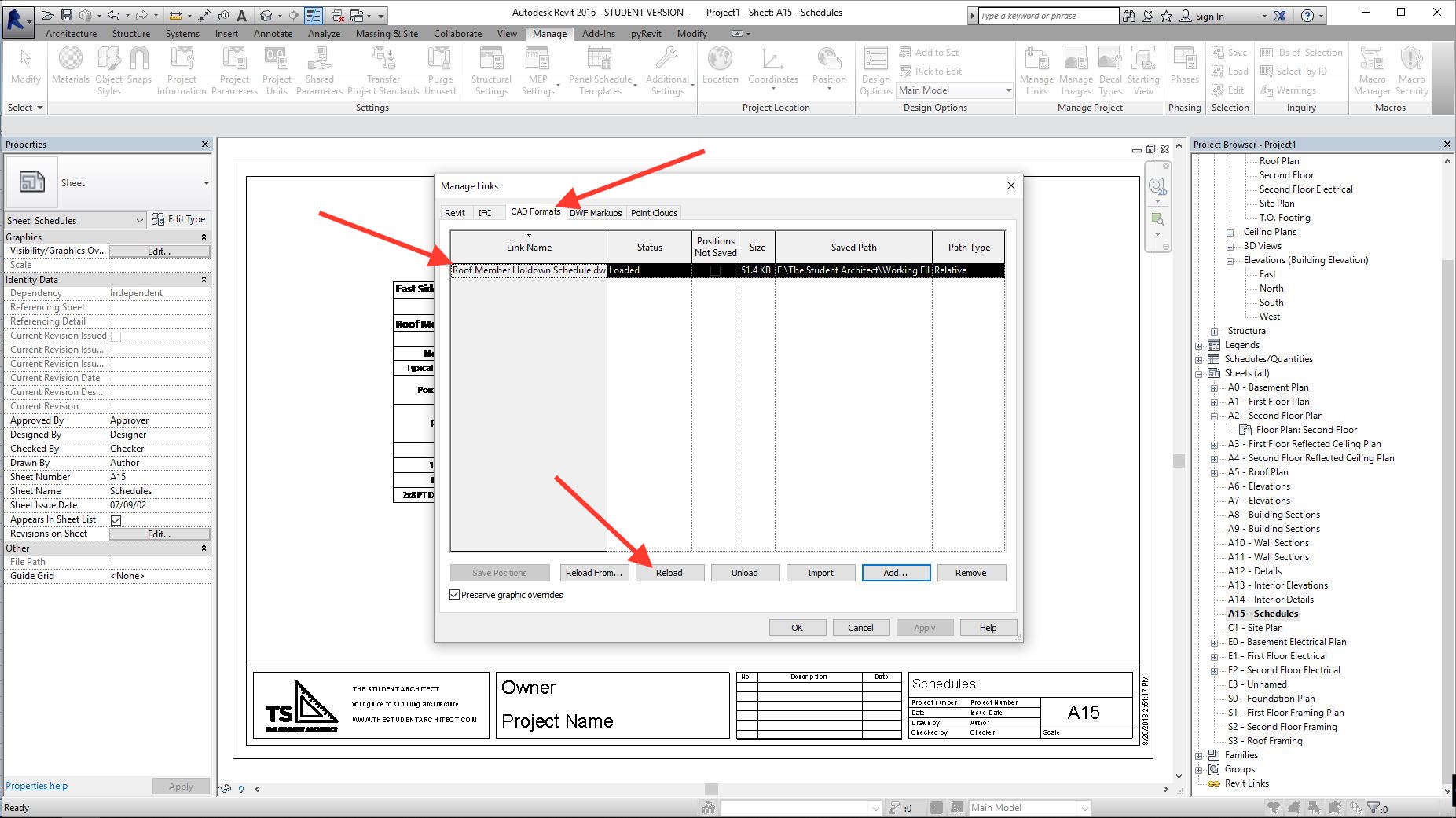Import Excel into Revit Seamlessly: A How-To Overview
Wiki Article
Breaking Barriers: Excel Importation Techniques for Advanced Revit Users
Discover different data importation techniques and master Excel assimilation to improve your Revit modeling capabilities. With our ideas and tricks, you can get rid of importation challenges and end up being a real specialist in utilizing Excel for your Revit jobs.Advanced Revit Users: Leveraging Excel for Importation
You can easily take advantage of Excel for importation as an advanced Revit individual. Excel is an effective device that can significantly boost your workflow and performance in Revit. With its ability to deal with huge amounts of data and perform complicated estimations, Excel can be an important possession in handling and arranging your task information.One means to take advantage of Excel for importation is by utilizing the "Link Excel" function in Revit. This function permits you to connect an Excel spreadsheet directly right into your Revit task, allowing you to update and synchronize data in between both programs. This can be particularly valuable when handling timetables or tracking adjustments in your task.
Another method to use Excel is by utilizing the "Import/Export" attribute in Revit. This attribute allows you to import and export data between Revit and Excel, offering you the adaptability to collaborate with information in both programs. You can import information from Excel right into Revit to create elements such as wall surfaces, doors, or areas, and you can additionally export information from Revit to Excel for additional analysis or reporting.

Exploring Data Importation Methods in Revit Using Excel
Checking out exactly how to import data from Excel into Revit provides effective approaches for integrating information. When you import information from Excel, you can seamlessly move information such as area timetables, product listings, and tools information right into your Revit job. This process allows you to save effort and time by staying clear of hands-on data entry.To import data from Excel right into Revit, you can make use of the "Import/Export" attribute. This function enables you to map the Excel data fields to the matching Revit parameters, ensuring that the information is appropriately appointed within the design. By selecting the appropriate import choices, you can manage exactly how the data is imported and just how it connects with your job.
Another technique for importing data from Excel right into Revit is by utilizing Dynamo. With Eager beaver, you can create custom-made scripts that import information from Excel and manipulate it within your Revit task.
Mastering Excel Assimilation for Advanced Revit Modeling
One crucial strategy is importing data from Excel spread sheets straight into your Revit design. With a couple of straightforward steps, you can map the Excel columns to the matching Revit specifications and import the information accurately.Another beneficial technique is exporting information from Revit to Excel. This allows you to extract information from your design, such as routines or product amounts, and assess it in Excel using formulas, charts, or other powerful tools. By leveraging the abilities of Excel, you can execute complex calculations, create customized reports, and gain useful understandings right into your job.
Along with information transfer, Excel assimilation can automate recurring jobs in Revit. By developing macros or manuscripts in Excel, you can automate procedures like producing views, producing sheets, or applying common family members - revit add ins. This not only conserves time yet additionally makes certain uniformity across your job
To grasp Excel integration in Revit, it is essential to understand the information framework and exactly how Revit engages with Excel. By acquainting on your own with the offered tools and techniques, you can open the complete capacity of Excel integration and take your Revit modeling to the following degree.
Conquering Importation Challenges: Excel Techniques for Revit Experts
When conquering importation obstacles, it is essential to be acquainted with reliable Excel strategies that can profit professionals in Revit. As an advanced Revit individual, you understand the value of seamlessly importing information from Excel into your projects. Nonetheless, you may run into numerous obstacles in the process. By making use of effective Excel techniques, you can get rid of these challenges and boost your efficiency.
One more valuable method is utilizing the "Transpose" feature in Excel. This enables you to transform data from rows to columns or vice versa. When importing information right into Revit, this can be particularly practical when you have information in a vertical style in Excel, yet you need it to be in a horizontal layout in Revit.
Furthermore, using Excel solutions such as VLOOKUP and INDEX-MATCH can substantially assist in mapping data from Excel to Revit. These solutions permit you to search for certain worths in Excel and fetch corresponding data from one more column. When importing big datasets right into Revit., this can conserve you resource time and Home Page initiative.
Excel Information Importation Tips and Techniques for Advanced Revit Users
By acquainting on your own with efficient Excel tips and techniques, you can boost your data importation process as a sophisticated customer of Revit. Additionally, making use of Excel's "Paste Unique" feature permits you to paste information from Excel right into Revit while keeping format, such as cell color or font style. One more useful technique is to make use of Excel's "Replace and discover" feature to rapidly make changes to your information prior to importing it into Revit.
Conclusion
You have currently found out beneficial techniques for importing information from Excel right into Revit as an advanced user. By leveraging the power of Excel combination, you can improve your modeling process and get over any importation challenges that might develop. With these suggestions and methods, you will certainly be able to understand data importation and boost your Revit skills. So proceed, break those obstacles and excel in your Revit jobs!
When importing information into Revit, this can be especially helpful when you have data in an upright layout in Excel, but you require it to be in a straight format in Revit.
Moreover, making use of Excel formulas such as VLOOKUP and INDEX-MATCH can considerably aid in mapping data from Excel to Revit. Furthermore, utilizing Excel's "Paste Unique" feature enables you to paste data from Excel right into Revit while keeping formatting, such as cell color or font style.
Report this wiki page